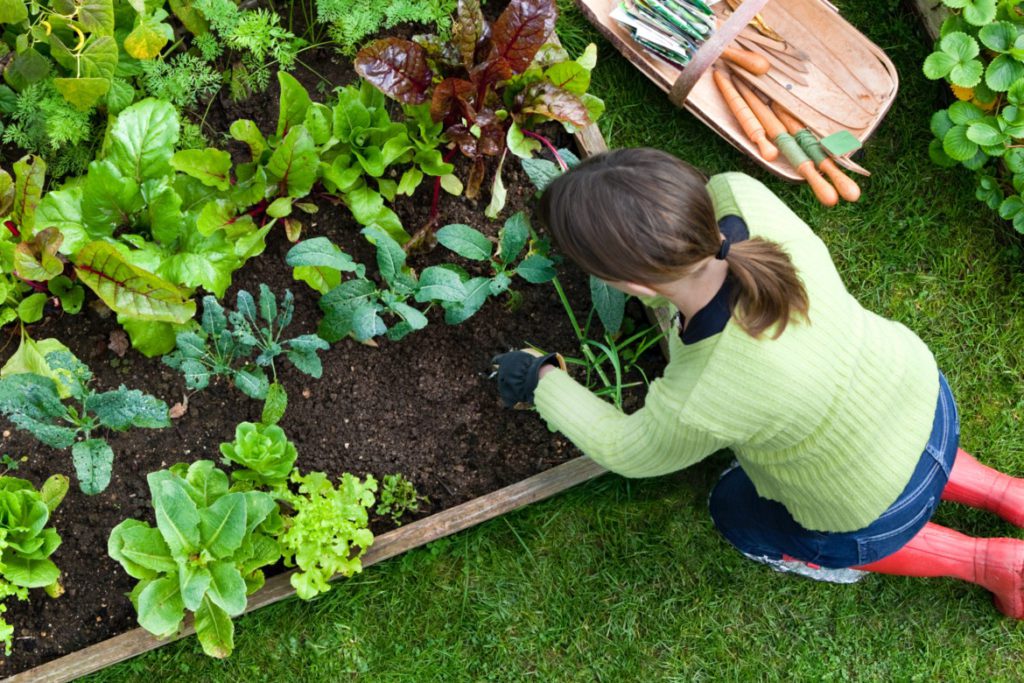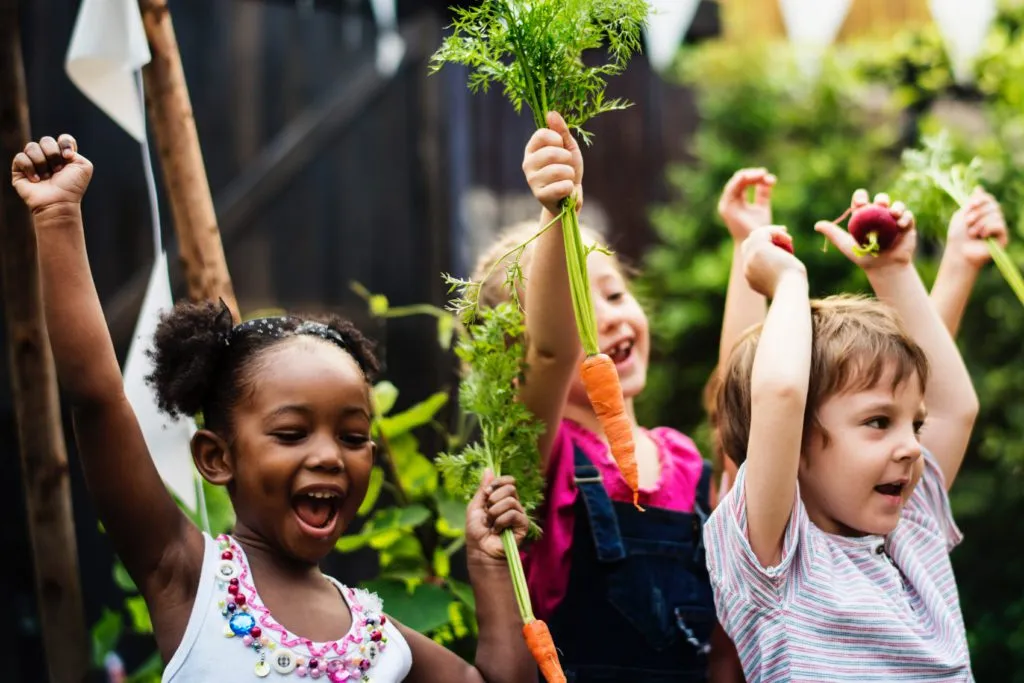Implementation Science and You


Last May, I was chatting with a friend (Dr. L) about the photos of her garden I had seen posted on social media. To say her garden looked amazing would be an understatement. It was green and lush and full of herbs and vegetables and fruits that even through a screen looked delicious enough to eat. So, I asked her how she made that happen.
Her: I got a gardening coach.
Me: A gardening coach?
Her: Yes, a gardening coach. I told her I had been trying for years to get a garden going and it just kept failing. So, she came out to the house to see my garden, and she told me I was planting on the wrong side of the house.
Me: The wrong side of the house?
Her: Yes! Apparently, I was trying to build my garden on a side that got too much sunlight for too many hours a day, and it was killing anything I tried to plant. So, we moved everything to the other side of my house.
Me: Was that it?
Her: No. Then I told her what I had been planting and she started to tell me what to plant and when to plant it, what not to plant, and all of that. Well, and the rest is history.
This story about my friend seems a fitting metaphor for implementation and understanding the science behind it. The steps Dr. L took to create a beautiful, flourishing garden remind me of the four stages the National Implementation Research Network has identified for the process of implementing a new program or change to an established practice—exploration, installation, initial implementation, and full implementation.1
Implications for the Early Childhood Education Professional
Dr. L wanted to have a thriving garden. She had tried numerous times to get it started, but it just didn’t take hold. It makes me think about my own practice as an early childhood education (ECE) professional and the number of times I have tried to be outstanding in the service of young children and didn’t quite get to the level I imagined I could. If you are like me and in search of ways to help you become a masterful “gardener” of great ECE practices, the scientific process of implementation may help you.
Exploration. This stage is exciting. Like Dr. L planning her goals for her garden, you get to wonder and dream about what you want your innovated practice to look like. If you’re going to start using a new curriculum, assessment, or other ECE resource, you can create a vision of success in your mind to help you recognize what you need to reach it. This practice of visualizing what you want can help you begin your implementation journey.
Installation. During installation, you lay the foundational pieces you will need for a great implementation. You are moving from deciding what to do to figuring out how you are going to do it, like when Dr. L worked with a gardening coach to get the expert information she needed to make successful changes to her garden. Some important installation activities for implementing innovations such as new tools or resources for your practice include getting professional development or training so you can use them correctly.
Initial Implementation. After you’ve spent time in exploration and installation, it’s time to put the rubber to the road—or the spade to the soil—and start implementing your selected innovation. As you’re implementing, you’re gathering data about how it’s going. You can use that data to make adjustments to your implementation or to identify what further supports you may need to reach full implementation of your changes.
Full Implementation. Continue, continue, continue. Dr. L did not stop at changing her garden’s location: she took her coach’s advice on what to plant and when to create a thriving garden that she could successfully nurture and maintain. When you’re fully implementing your selected innovation, it means you have found some success and you want to keep it going. It also means you have some momentum on your side, and you may want to accelerate your progress by increasing how much you are doing or improving how well you are doing it.

Watch our free “Using Implementation Science to Plan for Success” webinar on-demand.
- National Implementation Research Network (2020). Implementation stages planning tool. Chapel Hill, NC: National Implementation Research Network, FPG Child Development Institute, University of North Carolina at Chapel Hill